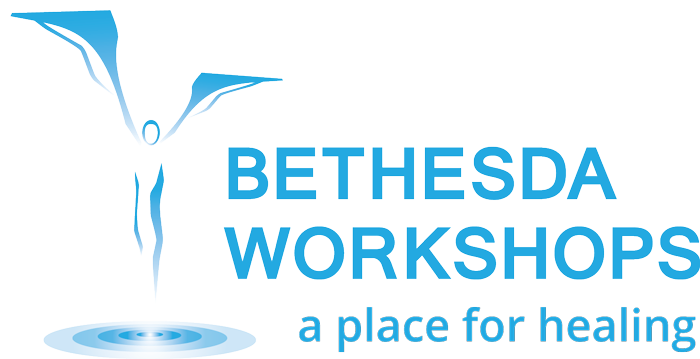Many people have a “bucket list” of significant things they want to do before they die, but I’ve never made one or even given it much thought (other than a long-held desire to be a guest on Oprah, which is clearly unrealistic).
At the same time, I’m intrigued by others’ bucket-list adventures. Before the start of the year, a friend mentioned he was planning to climb Mount Kilimanjaro in 2019, which sounded so magnificently exotic. I searched online and was quickly hooked by the imposing mountain in northeast Africa. Kilimanjaro looks softer somehow and more inviting than the others that make up the Seven Summits, which are the seven highest mountains in each of the seven continents.
“Kili,” as it’s often called, doesn’t require advanced mountaineering skills or special climbing equipment. Some websites term it a “very long and often challenging upward hike,” but that description doesn’t do justice to the rigors required to reach the summit. The 19,341-feet altitude, considered extreme in mountaineering, stymies many before they get to the top, and sheer exhaustion from the 12-14-hour summit attempt keeps others from making the last push to reach Uhuru Peak.
Through the spring, I heard occasionally about my friend’s training process, which prompted more research about Kilimanjaro. The online videos showed breathtaking scenery, especially of sunrise on the summit. They also spoke frankly about the difficulties of the climb and what was required to reach the top successfully.
The more I heard, read and watched, the more I realized that the lessons of Kilimanjaro applied to my life, not just to my friend’s adventure. I’ve never climbed a physical mountain, and at this stage in life, I doubt I ever will. But I’ve climbed my share of emotional, relational, and spiritual ones, and I expect many of the same strategies apply.
Kili climbers are told they must be prepared to hike long hours with a backpack over demanding terrain for multiple days in a row. That level of fitness takes intentional cultivation to increase cardiovascular capacity and physical stamina. Strength training, especially for the legs and core, is also important. If you have the luxury of knowing a mountain is in your future, train in advance.
Here’s a big hint for life: Trust me, a mountain always rises in your future; you just may not know it’s ahead. Prepare in times of strength for times of weakness. Consistently practice rigorous self-care. Cultivate physical and emotional grit to get you through the exhausting times when it feels like you can’t go on.
Even for the physically fit, high altitude climbing is tricky. No matter how well you’ve trained or how prepared you are, anyone can still succumb to altitude sickness. Sometimes the “tough” ones are more susceptible, because they push too fast and don’t allow enough time to acclimatize to the altitude. If you get sick from lack of oxygen, the only cure is to go back down to where the air is…better.
No one is immune from tough life challenges, and many of those involve variables no one can control. There is no shame in taking backward steps until you can breathe again. If the mountain’s airless height is too much for now, it’s wise to find a lower spot where you can regroup. Be gentle with yourself. You’ll start back upward when you’re ready.
Climbing Kilimanjaro, as well as most kinds of extreme adventures, depends on adjunct supporters. A guide and a porter accompany Kili trekkers. Meals are prepared and camp is ready at the end of each long day. It takes help to succeed at hard things. No one successfully navigates life alone. You need your community.
The material about Kilimanjaro consistently emphasizes that a slow pace is key to reaching the summit. Guides regularly urge, “Polé, polé!” which means “Slowly!” in Swahili. Conserving energy and oxygen is crucial. At higher altitudes, trekkers take one or two steps and stop for air. The trick for the steep ascents is to keep your momentum moving forward, even if it’s at a snail’s pace. The advice is to lean into the mountain, not fight it, and to stay upright.
I prefer to rush over the mountains of life. I push to conquer the challenges quickly and am impatient with slow progress. “Pole, pole!” isn’t my typical mindset. I’m a fighter at heart, which makes it harder to surrender to life’s process.
After reaching the mountain’s summit, many trekkers discover that coming down is just as hard as going up, maybe harder. It’s easy to get over-confident and not pay enough attention to the potential pitfalls. The only time I’ve fallen hiking at Ganier Ridge, which is a far cry from Kilimanjaro but still has some steep inclines, is coming down. Loose rocks sometimes slide beneath my feet and once I pitched face first to a lower shelf of rock.
Recovery wisdom cautions that an addict’s first-year anniversary of sobriety is often a dangerous time. It’s easy to relish in success and get complacent about working a program or maintaining boundaries. The trek of life is never over.
I don’t know what my friend learned on Mount Kilimanjaro, but the mountains I climb are always faithful to teach me something if I’m willing to learn. God is with me on the mountain in a way I don’t experience in other places of life. And God invites me to “Polé, polé!” and enjoy the view.
Marnie C. Ferree
